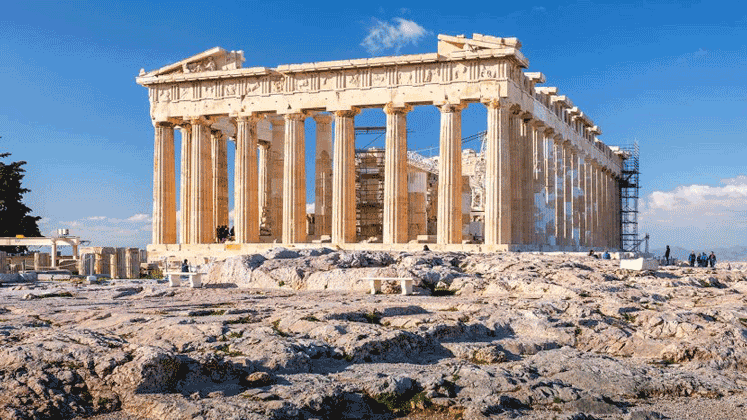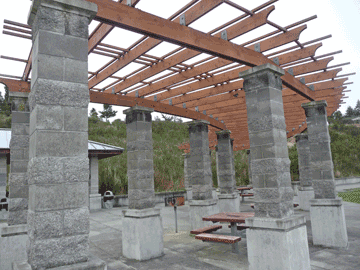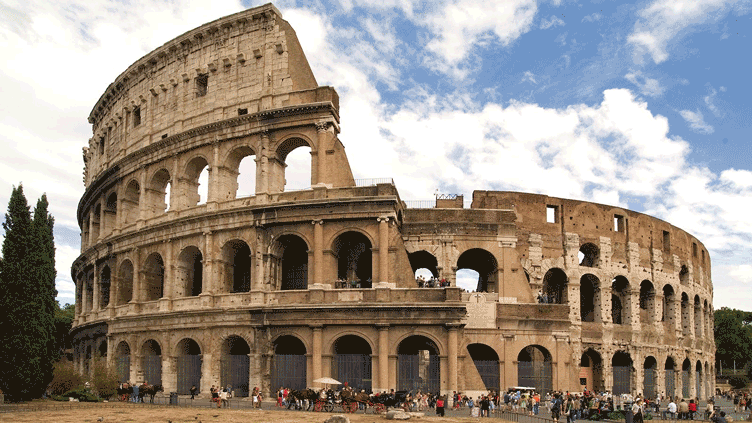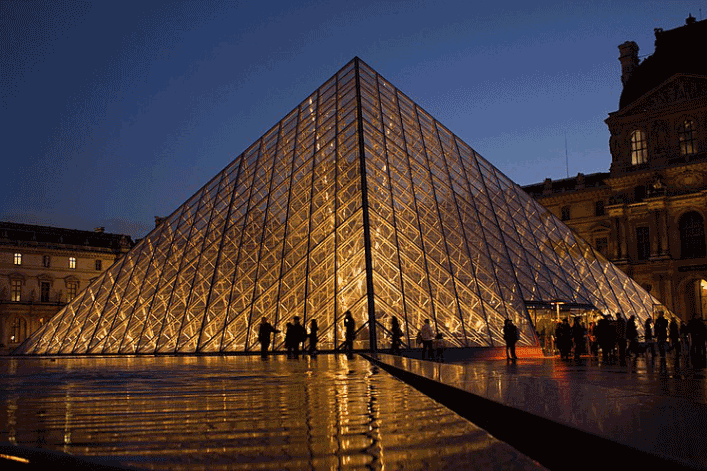The theory of architecture was first introduced in the 1st century CE by Vitruvius, a Roman architect-engineer, to separate intellectualism from practical experience in architectural education. Today, it has evolved to define the foundation for evaluating the merits of construction projects. Architectural theory is an important aspect in the artistic process of design and construction. Every building involves a continuous creative and critical dialogue between imagination and reason, tempered only by budget, technology, and physics. Architecture reflects the emergence of aesthetic presentation modes, the development of diverse forms of structures, and the increasing need for more functional buildings. The three main principles of good architecture are durability, utility, and beauty. While the first two principles are practical, the third is also very important, and elevates architecture from simple structural framing to a complex art form. Vitruvius believed that nature was an expression of cosmic order founded on universal laws, and that architectural efficiency is attained when architectural design is based on certain laws and imitations of the natural cosmic order.
Art and architecture overlap in their design ambitions and intrinsic meanings. Studies in both disciplines use the same operational concepts, the same graphic elements, and the same engagement of the senses. Architecture is both expressive and dynamic in the same manner as visual art. It develops an entity that visually represents a diverse collection of ideas. Architects bring their use of space to a whole new depth, constructing buildings that are significant beyond their functionality.
Architecture and building techniques date back to the emergence of the human era in anthropological history. Elements like the lintel, arch, and doorway have ancient roots despite their many adaptations and abstractions in the modern era. The earliest discovery of permanent structures in western culture was discovered at Catalhoyuk in Turkey. Dating back to 7500 BCE, the houses were made of dried mud and brick, with wooden support beams covering the ceilings. The advent of the post and lintel system, or posts built using stone or wood placed at intervals and spanned by beams at the top, later brought major developments in architecture. The distribution of the posts allowed for gaps of open spaces between them. The earliest use of the post and lintel system is seen at Stonehenge, a prehistoric monument in southern England dated back to 3000 BCE.

The ancient world also incorporated the use of colonnades in many architectural landmarks that still remain today. Colonnades, a collection of columns and beams that enclose wider areas of space, have become some of the most visited archeological sites. Particularly common in Egyptian, Greek, and Roman architectural design, their use establishes the presence of influence and prosperity amongst classical civilizations. The Parthenon, an Athenian temple, was built in the fifth century BCE in Athens and is considered a masterpiece in classical Greek architecture. Today, the colonnade is still prominent in parks and other public spaces to provide visual and material stability in open space areas.


The invention of the arch brought new alternatives to the post and lintel design. Arches originated in the Mesopotamian brick architecture during the 2nd millennium BC. They provided strength and support to walls in the same manner as colonnades, but required greater mathematical knowledge to construct. This evolution allowed walls to go higher without compromising their stability, and created wide areas of open space between the arches. The Colosseum in Rome, built in the first century CE, is a prime example of how arches have brought a more dynamic and holistic visual aspect to structures. It uses repetitive arches to create an intimidating and spacious structure, and the integrity of the structure today reflects the intrinsic strength of the arch. The arch later brought two more critical developments to architecture: vaults and domes. These elements transformed architectural design throughout Europe and the Middle East in the construction of churches, mosques, and government buildings.

As interstate and maritime trading routes continued to expand between Eastern and Western cultures, so did the impact of cultural forms of architecture and religion. The implementation of the Silk Road, a chain of trade routes that evolved through the continents of Europe and Asia, gave rise to numerous buildings depicting cross-cultural influences. The Dome of the Rock in Jerusalem pulls together architectural elements seen around the ancient world. The structure features a traditional Greek colonnade at the main entrance with a golden dome and central turret protecting it, as well as Western-style arches and decorative Islamic exterior craftsmanship. The Dome of the Rock blends Islamic and Ottoman architecture, establishing a new age of architecture prioritizing spirituality and circumambulation.

The Louvre Palace in Paris is also a reflection of different cultural backgrounds combined to create anew. Established at the beginning of the 12th century, the Louvre was the official royal residence before it became one of the world’s largest museums. The French Renaissance architecture of the building was constructed through the use of formal symmetry and horizontal stability. The evolution of the glass pyramid became the signature feature of the Louvre in 1989, after being designed by Chinese-American architect I.M Pei. The pyramid and the underground lobby beneath it house tourists every day. The synthesis of the French Renaissance architecture along with the Egyptian masonry structure produces a modernized aesthetic of the treasured Parisian landmark.

Architecture is a form of art that struggles to balance functionality and aesthetics, all while representing the human condition in its monumentality. It offers housing, work spaces, and storage, while also reflecting the evolution of politics and history in structures such as courthouses, government buildings, and churches. Architecture has developed and endured over thousands of years, bringing new approaches to the use of materials and technologies to shape the look of evolving landscapes. Its structure and composition make it a work of art that turns emotion and progress into physical substance. Art is encountered in all sorts of ways, and it appears in museums, galleries, on the street, and at shows. In any case, architecture may be a form of art, but it builds its own history and principles.
